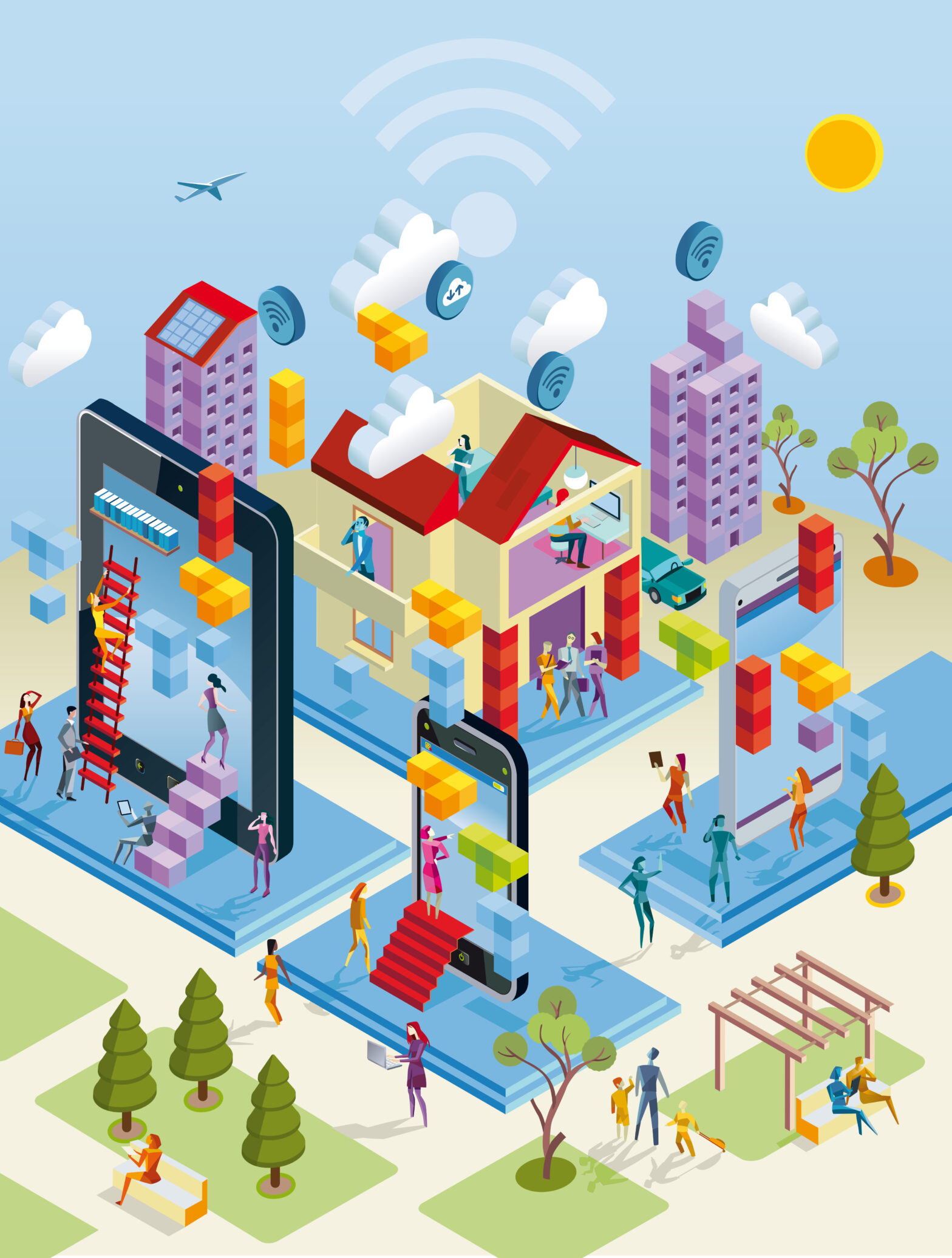Many of the things happening in today’s Smart Cities could more honestly be labeled as 'progress'. Smart Parking, Smart Homes and the like are just the next steps on a journey that perhaps began by replacing the cry of 'gardyloo' with city plumbing.
What will make a city actually become smart is the integration and analysis of data from otherwise potentially disparate initiatives. Then, the city will have new capabilities and can deliver new services to its citizens – from genuinely integrated public, private and personal transport systems to energy profiles encompassing home, workplace, vehicles and more.
But… how does that work, exactly? There has to be more to it than stuffing sensors in everything. Of course there is.
But first, if we’re going to understand how all this integration and analytics is going to enable actual benefits for Smart City citizens, I need you to indulge me for a just a moment. Let’s take a very quick look at three types of data that we’re going to encounter in our Smart City:
> See also: How the UK can lead the world at smart cities
Traditional, boring, structured data from enterprise systems. Stuff like weather forecasts from the Meteorological Office; demographics from Government and, say; public transport performance statistics.
Slightly more fun 'big data' from all sorts of social media (and other sources too). This can be valuable for sentiment analysis; tailoring services and offers; all sorts of business-to-customer or perhaps city-to-customer relationships.
New and exciting Machine-to-Machine (M2M) data. Now we’re talking! This is the stuff the Internet of Things (IoT) is made of, surely? This is the future! Well, yes and no.
OK, now let’s take the oft-used example of the smart waste bin to guide us through how we get from sensors, to real benefits for citizens.
The first thing you’ll hear in a typical Case of The Smart Waste Bin story is pretty simple. If a bin has a sensor that can tell when it’s nearly full, it can call and request someone comes to empty it. Smart, huh? Like I said before, yes and no.
Trash might get emptied more often, but costs will go through the roof. Trucks could end up coming back to the same street to empty smart bins close to each other that just happened to call in their 'I’m full!' message eight hours apart. Not so smart now, huh?
Of course we can fix this. Sensors in close proximity could talk to each other to check if any other bins close by are nearly full too. Companies like Smartbin offer both sensors and a route optimisation solution for the teams tasked with emptying the trash.
So here we are, already integrating M2M data and boring old structured data. Now our citizens will see the benefits of cleaner streets and they won’t be paying extra for the privilege.
But that’s only the beginning. Additional analytics on just the data we have in this example can lead to better planning decisions (where do we need more / fewer bins?); or better staff and fleet management (what resources do we actually need; where and when?).
So let’s add more data to the mix and see what else we can do. What if we also added Wi-Fi to the bins, as is happening in New York right now? Suddenly, citizens will be connecting directly with a smart solar-powered, connected technology platform that is literally sitting in the streets of New York.
Now we can learn more about the people our Smart City is serving. Using big data sentiment analysis, we can even work out how great they feel about the new Smart Bin services we’re providing. Quite a journey from that initial installation of a sensor that occasionally shouts out 'I’m nearly full', huh?
> See also: Cities must be secure, not just smarter and safer
There are many more examples, as you’d expect. I hope the one I’ve used this time gives you some idea of the ways that the Internet of Things will actually enable benefits for people living in Smart Cities. It’s not just about sensors and Smart Everything. It’s not just about M2M.
Just as important is the integration of many different types of data – take the fashionable, the fun and the boring; analyse the data in its entirety to reveal the relationships, dependencies and connections; and take informed, positive actions based on the new information available. Now that is Smart.
Sourced from David Socha, utilities practice leader, Teradata







